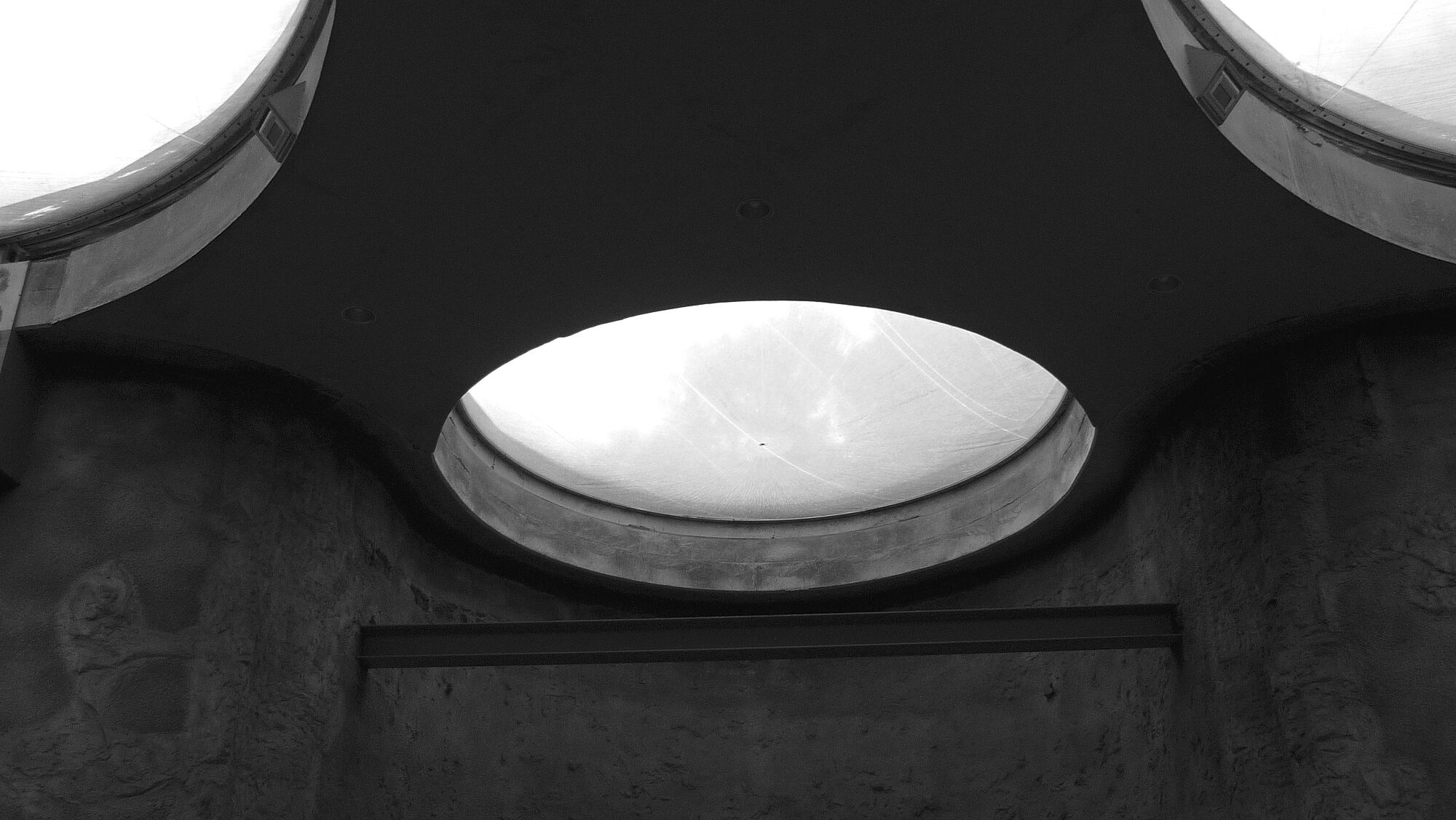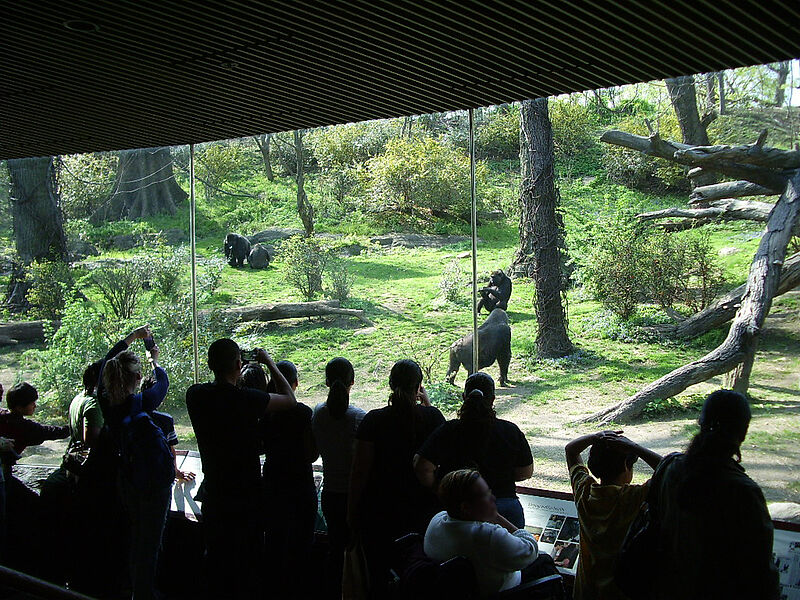
Scenography of the Wilderness, talk at the "Landscape study days", Fondazione Bennetton, Treviso
Animali, Giardini, Paesaggi, Giornate internazionali di studio sul paesaggio – International Landscape Study Days, Fondazione Benetton Studi Ricerche, Treviso/Italien, 14.–16. Februar 2018. zum Video in der "Session Animali in Scena"

Zoo
Research Project
The Scenography of Wilderness
Techniques of Immersion in zoological gardens of the 20th and 21st century
Zoo architects have the extraordinary task to design buildings for at least two kinds of users: They have to build a functional environment for captive, wild animals, which usually spend their whole life time in their enclosure. Additionally, architects have to meet the needs of the visitors, who expect entertainment, relaxation and education. Since the 1950s zoos have taken on the mission of making their audiences aware of conservational issues. The ideological shift towards conservational goals as well as public concerns about living conditions of captive wild animals altered the concepts of zoo design. Zoos had to integrate popular imaginations about naturalness and scientific research on ecological issues, an ambivalent mixture between aesthetics of science and naturalistic impression.
As a historical comparison of zoo architecture shows, the public’s as well as the stakeholders’ interpretation and representation of ’natural conditions’ change almost every decade within the 20th century. The methods of transferring the wilderness into the sheltered and confined space of the zoo are vital to understand the differing concepts of zoo landscapes.
Zoos have to deal with the competition with theme parks and they have a deep tradition as intellectual middle-class institutions of the 19th century as well. These commercial and cultural functions are dominant and contrast the experimental potential of zoological parks. Nevertheless, I argue, that at least some planning concepts and some zoo buildings tend to establish new perspectives onto building practices. My doctoral dissertation examines the multifaceted, partly contradictory concepts and practices of zoo design in the 20th century.

